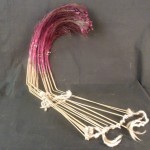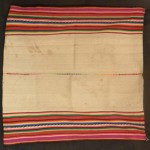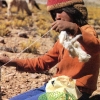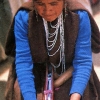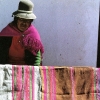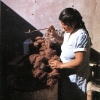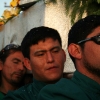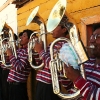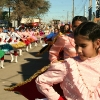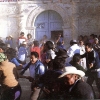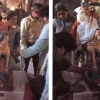Social organization
The Aymara people include several ethnic subgroups, each with its own dialect and social structure. In general, their social organization is based on territorial divisions, although the adoption of Western theological, ideological and social principles has brought about some changes. The traditional social organization does not follow modern political geography but is based on the marka, the homeland of each subgroup.
The group’s ancient ‘capital cities’ (such as Parinacota and Isluga in the Chilean altiplano) are centers for ritual trade and the exchange of goods and labor, as well as for forming marriage alliances, preferably between couples from similar social sectors. In socioeconomic terms, such bonds would have respected the clear distinction made between farmers and livestock herders.
This traditional social organization is apparent in the Aymara’s annual religious festivals, in which those living in the altiplano and high mountain regions play a leading role. Individuals invested with authority by the group are appointed for a limited period – usually one, two or three years. Such positions do require a level of personal sacrifice, but they bring status within the group. Generally, only married couples are appointed to these leadership posts. Each group has the following offices: two kurakas, four superintendents and four flag bearers. In the agricultural sector, one or more ‘mayor of the waters’ is also appointed. Lower level positions may be held by unmarried men, though never by women, and may include: the artisan appointed to maintain the church and produce church goods; the acolyte or cantor who leads the Catholic parishioners when the priest is absent; and the bell-ringer of the mallku bell tower of the church.
Modern Aymara social organizations include urban associations created to assist highland residents who come to the city for a time, or to organize collective labor to help the urban Aymara community.


